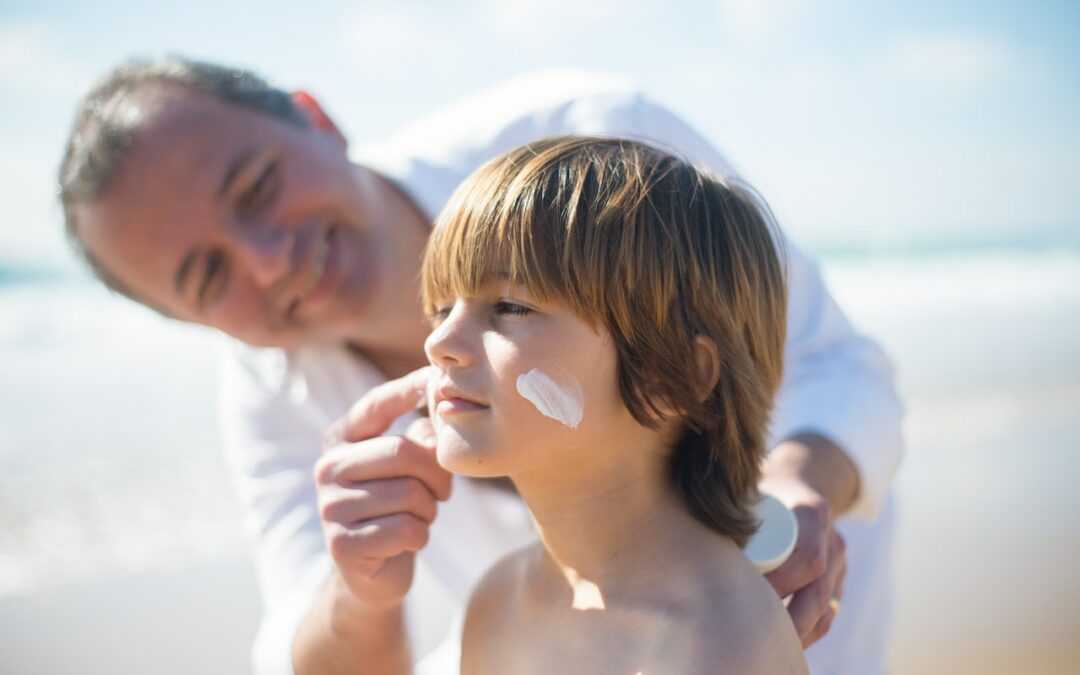Did you know that you can still get sunburned even through cloud cover? The sun’s UV rays can still penetrate the clouds and cause sunburns and skin damage. By prioritizing UV protection measures, such as using sunscreen with appropriate SPF levels, practicing regular reapplication, and seeking professional evaluation for any irregular moles or skin discolorations, we can safeguard ourselves against the potential dangers of UV radiation.
One of the fundamental aspects of UV protection is the proper use of sunscreen. The Sun Protection Factor (SPF) indicated on sunscreen labels refers to the level of protection it offers against UVB rays, which are responsible for sunburns and contribute to skin cancer risk. Higher SPF values provide greater protection, but it is important to note that no sunscreen can offer 100% protection. Experts recommend using a broad-spectrum sunscreen with an SPF of 30 or higher to block both UVB and UVA rays effectively.
“No sunscreen can offer 100% protection“
And don’t forget to reapply. Some people apply sunscreen before heading outdoors but fail to reapply it as needed. Sunscreen should be reapplied every two hours, or more frequently if swimming or sweating heavily. And don’t forget areas such as the ears, neck, and feet.
You can also consider wearing sun-protective clothing, such as wide-brimmed hats, long-sleeved shirts, and UV-blocking sunglasses, can provide an extra layer of defense. Seeking shade during peak sun hours, typically between 10 a.m. and 4 p.m., can also reduce direct exposure to intense UV rays.
Schedule an appointment here at Horizon Family Medical Group if you notice any irregular moles or skin discolorations. Our dermatologists are trained to identify early signs of skin cancer and can provide timely interventions. Regular skin checks and consultation with a dermatologist are particularly important for individuals with a family history of skin cancer or those with a history of excessive sun exposure.
UV Safety Month serves as a reminder to prioritize our health by taking proactive steps to protect ourselves from harmful UV rays. By understanding SPF levels, practicing regular sunscreen reapplication, and seeking professional evaluation for any suspicious skin changes, we can reduce our risk of skin damage, premature aging, and skin cancer.

